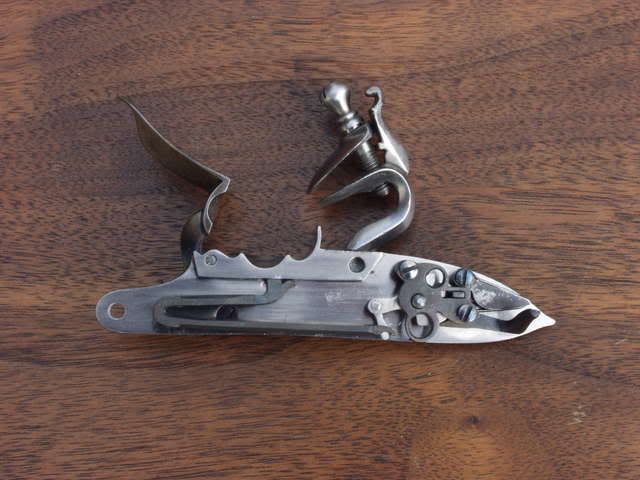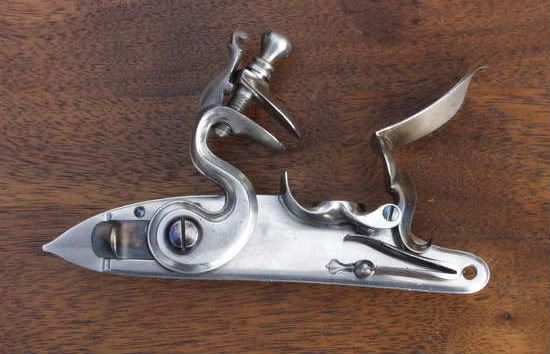Don't worry about the break thru but in the future remember that this entire area of the stock is the weakest part of the whole gun so remove as little wood as is possible while still maintaining the free operation of the mechanical parts.
As a general observation aimed at no one special, it never seizes to amaze me that we have so many good instructions on the Forum but everyone seems to overlook the rule.
The rule? What's the rule?
If you folks are using a PRE-CARVED stock gun from ANY of the suppliers
that has the lock mortice roughed out by them, the FIRST thing to work on is inletting the lock.
This does not have to be to full depth. In fact, it's better if it is not until the barrel is fully inlet. But, the locks position should be fully established
before inletting the barrel.
The rule is because, only when the locks position is firmly established will you know where the touch hole or the percussion drum or bolster needs to be.
Only then will you know how far the barrel must be moved back towards the butt to position the breech plugs face in the correct place to match the lock.
Now, if you are building a pre-carved stock
THAT DOES NOT HAVE THE LOCK MORTISE CUT, then the correct order of assembly is to first do the barrel. Then using the barrels breech plug face for reference, locate the lock and inlet it.
OK. I'll get off my soap box for now.








